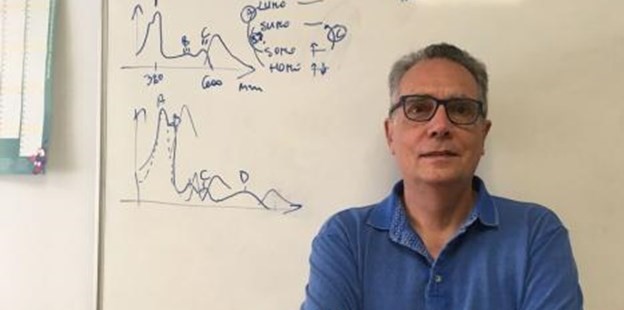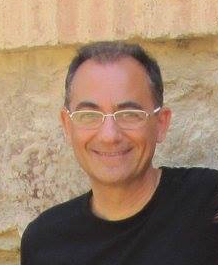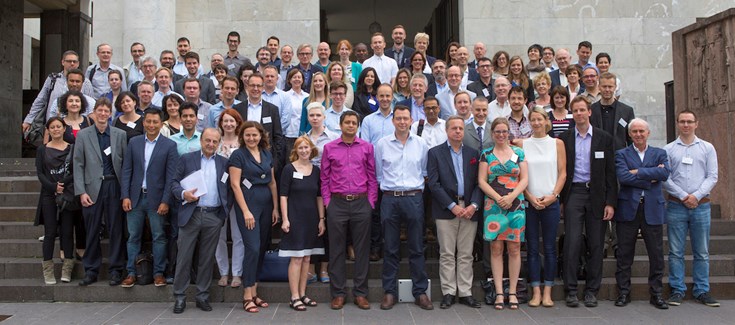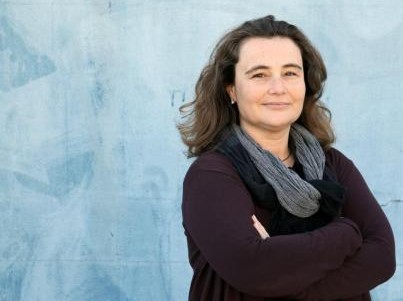Synergies produced in NANBIOSIS multiply the value of its services and allow its users to have results with faster and superior reliability due to proven experience of the scientists and technicians involved, says Jaume Veciana, Scientific Director of NANBIOSIS, in an interview at July 2016 CIBER-BBN Bulletin.
In this interview, Jaume Veciana assesses the functioning of this Singular Scientific-Technical Infrastructure and its contribution to research and anticipates some of the guidelines of the NANBIOSIS Strategic Plan 2017-2020, which includes a clear commitment to internationalization.
“The scientific-technical capabilities available at NANBIOSIS must be exploited without limitation to our country. Therefore we are clear that we must promote the activity of NANBIOSIS both academic and industrial sector in the European Union and other countries, either directly or in association with other similar organizations actions. Some such initiatives have already started but we believe it should be given further boost to internationalization. As an example we can mention the participation in the European project INFRAIA that aims to integrate regional and national research infrastructures existing in Europe under the Horizon 2020”
Professor Veciana also talks about NANOMOL, the research group coordinator of Unit 6 of NANBIOSIS, and the main applications of their findings in the fields of nanomedicine and biomaterials.












